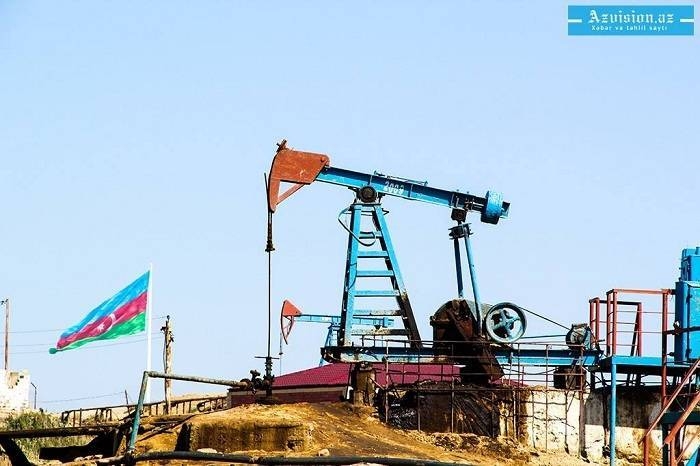The Dow Jones industrial average was off more than 165 points at midday Monday, or 0.61 percent, amid concerns the weekend attack on two Saudi oil installations would keep crude prices elevated long term. But the prospect of tightening supplies sent energy stocks higher.
Shares in the big international oil companies — known as the supermajors — climbed on global markets. U.S. petroleum giant ExxonMobil advanced more than 1.5 percent, to $73.74; Chevron was up nearly 2 percent, to $123.87; while BP spiked 3.2 percent, to $39.09. Companies that service and supply the supermajors and Middle East producers were up even more. Schlumberger Limited jumped 5 percent and Halliburton leaped 6.6 percent on expectations of more business following the attacks.
“The Schlumbergers and the Halliburtons supply the equipment for the drilling, so if we have a big supply disruption like we have now, they are going to have to do the drilling and probably the repairs,” said Bill Selesky of Argus Research. “That’s why those two are both trading up pretty good today.”
On Sunday, President Trump said via Twitter that he had authorized the release of oil from the Strategic Petroleum Reserve to ensure against supply disruptions. He also said U.S. agencies have been directed “to expedite approvals of the oil pipelines currently in the permitting process in Texas and various other States.”
The attack on Saudi Arabia’s oil infrastructure immediately knocked out 5.7 million barrels — or nearly 6 percent of the 100 million barrels the world consumes per day. It was unclear Monday how long it would take for the Saudis to restore full production.
“A supply disruption on this scale is an extraordinary event,” said Pavel Molchanov, an oil analyst with Raymond James. “No single disruption on this scale has occurred in decades.”
U.S. oil prices have been trading in a belt between $50 and $60 a barrel in the past six months. Brent crude, the global benchmark, has been trading slightly above that range. Most oil companies and nations favor world oil prices in the $70 to $80 range, which allows a healthy profit without rattling the economy or sparking a rush for petroleum alternatives.
The weekend attack took out a Saudi Aramco oil processing plant and nearby oil field. The state-run company is the second-largest oil producer in the world at 9.85 million barrels per day in August. Aramco is reportedly considering a delay in its initial public offering until production returns to normal.
“I don’t think even Aramco’s limited listing on the Saudi stock exchange can withstand this event,” said John Kilduff of Again Capital. “This attack is a material adverse change to the company. They are going to have to do a lot more risk disclosure in their IPO document as it relates to Iran and the region.”
A jump in oil prices is likely to weigh on an already-declining global economy, one beset by the U.S. trade war with China, White House sanctions against Iran and a decade-long economic expansion that shows signs of petering out.
Note, the price of Light crude oil at the NYMEX (New York Mercantile Exchange) increased $0.48 to stand at $62.42. On London ICE (InterContinental Exchange Futures) cost of the Brent crude oil fell $0.22 to trade at $68.80
The Washington Post
More about: oilprcies
















































